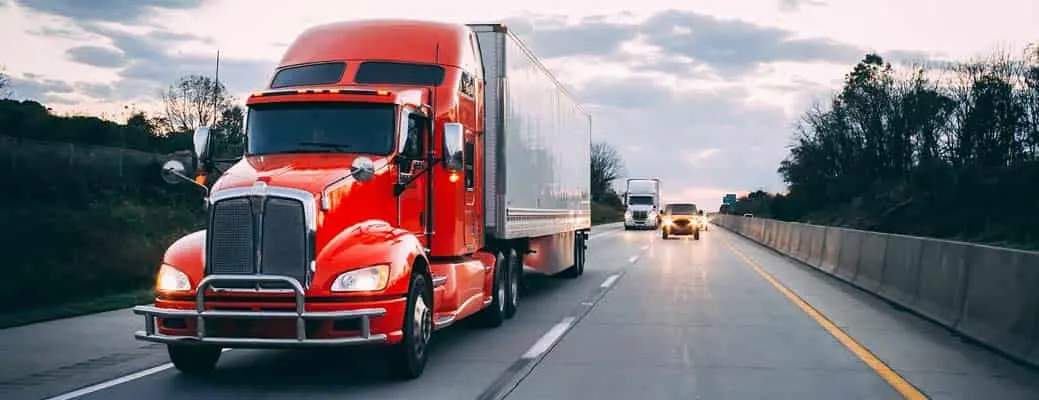How to Drive Safely Around Big Rigs and Large Trucks


Sharing the road with large trucks can be scary. The wide turns. The blind spots. The slow reaction time. Large trucks have smaller blind spots than passenger cars, and big rigs have a blind spot, too. Plus, big trucks can be intimidating, looming above neighboring cars and filling their rearview mirrors.
But consider this: About 75% of fatal car-truck accidents are caused by the driver of the car. To drive safely near big rigs, you should not tailgate or become preoccupied with them; instead, taking some careful precautions will go a long way toward ensuring your own safety. Here we’ve compiled a list of those tips to keep you save on the road — and keep the truck driver safe, too.
No matter how many years of practice you’ve logged behind the wheel, there’s no substitute for staying aware on the road and avoiding distractions. Distracted driving causes preventable accidents. Drive defensively by paying attention to the vehicles around you, the traffic flow, weather and many more factors. Do not text while driving and keep both hands on the wheel. This is especially important for remaining safe around big trucks — truck drivers react more slowly due to their size and momentum, so it’s harder for them to change course to avoid an accident.
Don’t get too close; give yourself a safe distance, ideally 30 feet behind the trailer. This gives you time to swerve and maneuver around big trucks. For example, staying at least four seconds behind a semi-trailer can help you react in the event of a tire blowout, unexpected stop or potential rollover due to high wind.
Furthermore, because of their size, most big trucks require a wide berth when turning. When you see a truck’s turn signal blinking, it is a good idea to stay back and allow the truck driver plenty of room to navigate a turn.
Big trucks have big blind spots. The right side of a cab, directly in front of the truck, and just behind the trailer are places you don’t want to linger, as it’s difficult for the truck driver to see you. If you can’t see the truck’s mirrors, the driver can’t see you. So, move as quickly and carefully through those spots as you can, especially when visibility is low.
Passing trucks on the right causes you to spend more time in their blind spot than passing on the left. Instead, when passing a truck, drivers should pass on the left side, move quickly and stay close to the shoulder. These steps will minimize the time you spend in the truck’s blind spot, decreasing the risk of an accident and keeping everyone safer.
When changing lanes or merging in front of a big truck, make sure you can see the truck’s entire front in your rearview mirror to avoid a rear-end collision. Remember, big trucks have a slower reaction time. In fact, it takes almost the length of two football fields for a semi to come to a complete stop when traveling 65 mph. So, you want to give drivers enough time to take care with you.
When you’re driving at night and approaching a large truck head-on or from behind, be sure to dim your headlights. Your brights reflecting in a truck’s mirrors can cause two to three seconds of blindness for a driver when you’re traveling at 55 mph — and that is all it takes to cause a significant accident. In fact, it’s a good rule to dim your brights when you get within one block of a semi from any direction, just to be safe.
If you’re going to move, the truck driver needs time to react. So, when you’re driving in the vicinity of — and especially in front of — big trucks, signal a minimum of three seconds, allowing the driver plenty of time to see you, slow down and react accordingly.
Nothing can ward off every dangerous situation, but there are many ways to reduce your risk on the road, including following these guidelines. So, keep these simple tips in mind as you set out to travel. Be patient. Be alert. And be mindful of a large truck’s limitations and restrictions when it comes to reacting and stopping once in motion. Safety is more important than getting where you’re going a few minutes faster, so share the road safely.
Have questions about your auto insurance? A Farm Bureau agent can help ensure you have the coverage in place to protect against the unexpected.